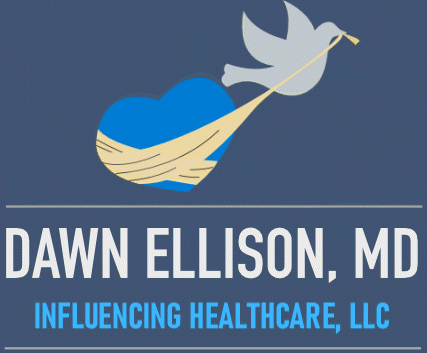Buy-in: The Holy Grail! Or is it?
How often do you hear this phrase in a room full of leaders. “We need their buy-in.” They have thoughtfully designed a solution for the workplace, perhaps necessitated by finances or regulation and are now searching for the Holy Grail; physician buy-in.
What does your gut say about the likelihood of success with any solution that has not had input from the frontline? The likely result, if the solution is not fully embraced on it’s merits, is quiet sabotage or resentful resignation, at best. This is not how to get good engagement. We say we want engagement and forget to engage the stakeholders in decisions.
Fair Process (Kim and Mauborgne 2003) provides us with guidance on correct use of a consultative decision-making process. Here are the important principles.
Clarity-
It is essential that all involved understand how a decision is being made, by whom and when. So, when FP is being implemented, it should be clear that this is the method being used. It is also necessary to be clear about who is making the decision and what influence the stakeholders can have. If there is a proposal, what aspects of the proposal are predetermined and what aspects the stakeholders can influence. There should also be a date on which the decision is expected to be made and announced.
Authenticity-
Authenticity in FP involves being willing to tweak a proposal based on what is learned by engaging the stakeholders. Trust will be lost if a proposal is brought to stakeholders and then not allowed to be influenced by them.
Wooden letters spelling speak truth.
Courage-
The decision makers should be the ones to explain the decision to the stakeholders. They should not send a middle manager to do work that they may not agree with. This is another place where trust can erode if not done well.
Follow through-
One of the most difficult tasks of leadership is getting back to all the people you promised to get back to.
It is imperative that after decision makers involve stakeholders in a session in which they can learn from the stakeholders, they get back to them with the decision. They need to explain what options were considered, what was learned from the stakeholders and why they chose the option they did. This is often a missed or incomplete step in the process.
Engagement-
Engagement of frontline healthcare workers should be intentionally inclusive. Not only should those who the solution is about be invited to attend, they should be made to feel like they belong in the process. Light structure like inviting each person to weigh in and designing conversations using powerful questions that encourage voice equity and get to the concerns of the workers lead to wise solutions.
When these principles are strong in a consultative decision making process, rather than ‘buy-in’ you will get stakeholders that are invested in the decision. This in turn will make for better decisions and better commitment to the solution. A paradigm shift from buy-in to investment is a cultural transformation that is worth the effort!


